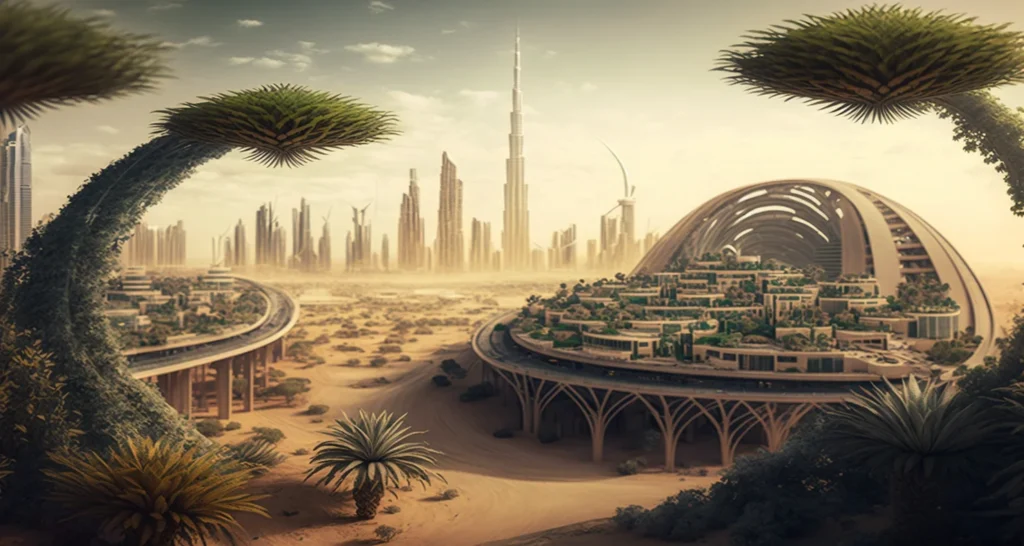The thermodynamics law, which deals with energy study, states that energy can neither be created nor destroyed. Energy can transfer from one form to another form. Further, it depends on what is the efficiency of the energy transformation and what are the side effects.
This shows that everything in motion is somehow taking in energy as fuel and converting it into its desired work. Energy classification is based on its sources. One of the energy types is obtained from those extinct sources and will vanish in the future. Examples include fossil fuel energy, i.e., petrol, natural gas, or coal. The second type is of interest: renewable, green, and sustainable energy. Energy is obtained from sources that do not have a finite end, or that are possible to recycle effectively.
We can call them natural sources, e.g., Solar, Wind, Water, and Geothermal. These are the examples that we consider most of the time when we hear “renewable energy,” but these are not the only ones.
We use energy in everything and every day of our lives. Our electronic devices need electric power, our streetlights need the same lighting, and our vehicles require gasoline or diesel fuel. We power our homes with domestic oil, propane, or electricity from a local grid for lighting, heating, and powering our devices. We work using computers, networks, equipment, and servers, the same as shopping malls, parking lots, sports stadiums, and everything around us. All of our daily routine things require power from fuel.
Total World Energy Consumption by Source
If we look at the world’s overall energy consumption, we realize that at the top are fossil and nuclear sources with 72.6%, and Renewable energy is at second with 24.3% coverage. With the strong support of governments and their smart missions, renewable sources increase, predicting that that figure will hit 27% by 2021. More long-term forecast models predict that use will triple between 2012 and 2040, with a more generous amount should the planet hit 2 degrees of warming. Those increasing trends show that people are now more concerned about green energy sources.
Motivation Factors for Renewable Sources
The first reason why those trends are increasing and should be increased for green energy utilization is that fossil fuels are limited. As the world’s population is increasing, our rate of fossil fuel consumption is also increasing. Geologists find it more and more challenging to locate and extract new oil sources. Many argue that fossil fuels will eventually run out, so we should prepare ourselves and promote alternate energy extraction sources.
The second and the most severe cause is the carbon emissions and the climate changes that we have seen in the last decades. Most continents have recorded high temperatures in summer and record low temperatures in winter. The frequency of typhoons and hurricanes, record dry spells, drought, and flooding also increase compared with the historical data.
The next reason is economic stability, as renewable energy offers a constant and sustained supply that lowers energy prices and remains stable. Most of the states are now switched to green energy sources because of cheaper energy production rates, e.g., Idaho produces a large amount of energy from geothermal sources. Another example is Texas, where the energy produced by wind power is noticeably cheaper for its citizens.
The new concept of Oil Peak
In the 1950s began a new approach towards renewable energy. A growing environmental movement, the development of environmental sciences, and a push against pollution meant that more than ever before, renewable energy became not just a scientific innovation for the future, but a necessity. Over the years, both governments, environmentalists, and industrialists became equally concerned about the exponential growth in the human population in oil consumption and the peak availability of the resources.
After three-quarters of the century, countries are close to reaching the 25% milestone of renewable resources’ energy consumption coverage. Although still far away from the complete transfer of energy management into a more effective approach rather the fossil-based with all the side effects described in this article.
Read more about renewable resources types and use cases: Green Energy Types.













